Welcome to Idols of the Cave, a site devoted to the experience of Wonder, cultivated according to Renaissance rite and custom. This is to say, that our conjurations of wonder consist in the gathering of curious objects and their placement in a shrine for admiration. For each new object, a video is posted describing that object’s history and curious properties. In this way, wonder by wonder, we assemble our very own cabinet of wonders. Enjoy!
REMPS, Domenico. Scarabattolo, oil on canvas, late 1600s. Museo dell’Opificio delle Pietre Dure, Florence, Italy.
On Wonder
But should you ask me, Whence this project, whence its motive inspirations? I should answer, I should tell you, that my aim is nothing grand here, only to indulge in things that send my mind in spiraled frolics and my thoughts in brisk ascents…
ἔστι δὴ οὖν δεῦρο ὁ πᾶς ἥκων λόγος περὶ τῆς τετάρτης μανίας—ἣν ὅταν τὸ τῇδέ τις ὁρῶν κάλλος, τοῦ ἀληθοῦς ἀναμιμνῃσκόμενος, πτερῶταί τε καὶ ἀναπτερούμενος προθυμούμενος ἀναπτέσθαι, ἀδυνατῶν δέ, ὄρνιθος δίκην βλέπων ἄνω, τῶν κάτω δὲ ἀμελῶν, αἰτίαν ἔχει ὡς μανικῶς διακείμενος·
“All my discourse so far has been about the fourth kind of madness, which causes him to be regarded as mad, who, when he sees the beauty on earth, remembering the true beauty, feels his wings growing and longs to stretch them for an upward flight, but cannot do so, and, like a bird, gazes upward and neglects the things below.”
PLATO, Phaedrus 249d, (trans. H. Fowler).
DÜRER, Albrecht. Flügel einer Blaurake, 1512. Albertina, Vienna, Austria.
For how can we refrain from wonderment when, as Augustine writes,
…mundum in caelo in terra, in aere in aquis innumerabilibus miraculis plenum, cum sit omnibus quibus plenus est procul dubio maius et excellentius etiam mundus ipse miraculum?
“… the world, in the heavens and on the earth, in the air and in the waters, is full of innumerable miracles; when, also, far beyond a doubt, the world is itself a greater and more exalted miracle than everything which fills it?”
AUGUSTINE, De civitate Dei, 21.7.
Indeed, we may even, at times, be inclined to side with Pico when he opines that to wonder may be very reason for our creation:
Sed, opere consumato, desiderabat artifex esse aliquem qui tanti operis rationem perpenderet, pulchritudinem amaret, magnitudinem admiraretur.
“But when the work was finished, the Craftsman still longed that there were someone to ponder the meaning of so great a work, to love its beauty, and to wonder at its vastness.”
PICO DELLA MIRANDOLA, Giovanni. Oratio de hominis dignitate, 12, Bologna, 1496, (translation from “The Pico Project” of Brown University and the Università degli Studi di Bologna).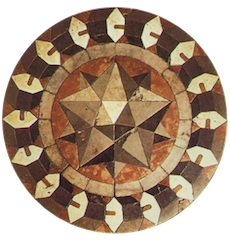
UCCELLO, Paolo (attributed). Stellated dodecahedron, marble floor mosaic, Basilica di San Marco, Venice, Italy, ca. 1420.
On Cabinets of Wonder
And so, like many who have wished to learn more about the nature of things, I have pursued a life in the sciences. But one cannot in fairness expect that disciplines whose proper function is to demystify will, at the same time, be able to satisfy our desire for a magnified sense of the mysterious. And being afflicted, as I am, with a strange addiction to Renaissance and Baroque texts of natural philosophy, I began to feel a wistfulness for whatever world it was whose workings were both asserted and undermined in those old collections of curious specimens playfully existing just beyond the everyday order of things.
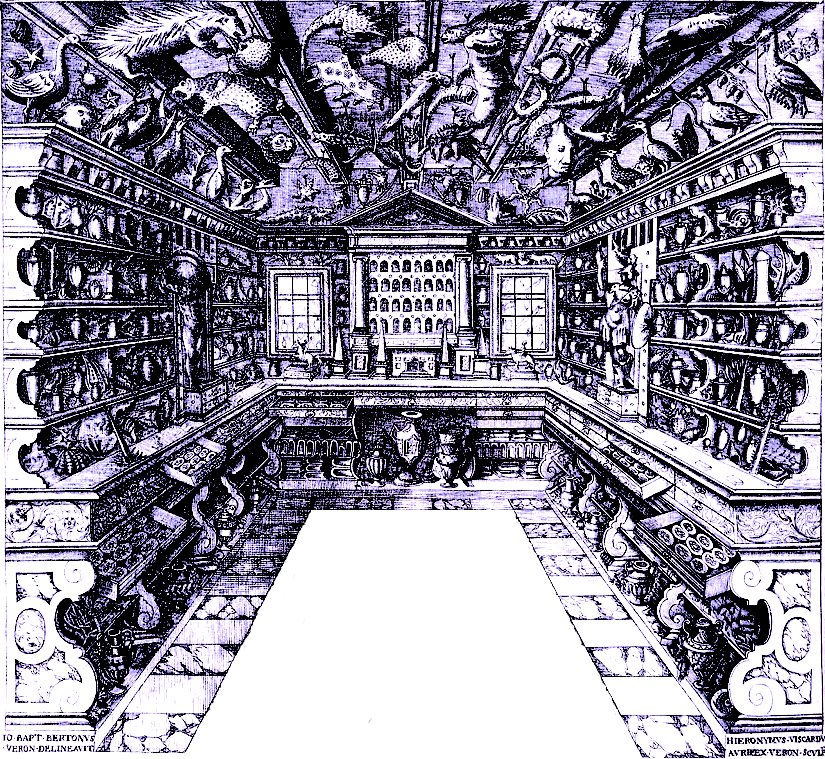 CERUTI, Benedetto, & CHIOCCO, Andrea. Musaeum Francisci Calceolarii iunioris veronensis, Verona, 1622. Digitization of the complete text provided by Google Books. However, in that scanning, the above image is unhelpfully folded over. The image by itself can be found on a site accompanying an exhibition at the National Gallery of Art, Washington, DC.
CERUTI, Benedetto, & CHIOCCO, Andrea. Musaeum Francisci Calceolarii iunioris veronensis, Verona, 1622. Digitization of the complete text provided by Google Books. However, in that scanning, the above image is unhelpfully folded over. The image by itself can be found on a site accompanying an exhibition at the National Gallery of Art, Washington, DC.
The more I contemplated these cabinets of curiosities and cabinets of wonders (or, if you prefer, Wunderkammern, Kunstschränken, Raritätenkabinetten), the more I found enjoyment in the conceit that, rather than an assortment of grotesque failures of taxonomy, here was an institution whose unifying purpose seemed to be the cultivation of wonder itself. In this telling, we might regard cabinets of wonder as the products of a brief moment in history, when the ancient instinct of communing with the divine through the mediation of objects was transferred from a religious context of holy relics to an appreciation of The World, mediated by the contemplation of curious works of art and nature.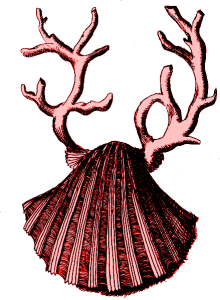
Non minus rara concha est ex eo genere, quod Pectines complectitur, concava, ex una parte, gibbosa, & striata ex altera; in cujus vertice, ubi appendices extant, quas auriculas vocant Authores, eminent duo coralia cornibus ramosis cervi similia. Illam e mari Drepanitano in Musæum translatam, tanquam rarissimum coraliorum prodigium omnes admirantur.
“No less rare is this shell, from the genus which includes the Pectens, concave on one side, humped and striated on the other, at whose vertex, where the appendages which authors call ‘little ears’ are, there emerge two corals similar to the branching horns of a deer. Brought to the Museum from the sea around Trapani, everyone admires it as a most rare prodigy of corals.”
BUONANNI, Filippo. Musæum Kircherianum, Giorgio Placco, Rome, 1709, p. 265. Digitized photographic reproduction of the full text provided by the Göttinger Digitalisierungzentrum (GDZ).
And this particular interpretation appealed to me all the more since it’s clear that no institution fills this role today. For the direct descendents of the Baroque Wunderkammern are today’s natural history museums. But while natural history museums are undoubtedly some of the best places to experience wonder, their mission is to teach us about the world as it is, not to provide hints about the world as perhaps it might be.
Secundò loco effigiem monstrosi Suis marini damus quem Gesnerus Hyenam cetaceam à similitudine Suis, siue Hyenæ quadrupedum appellauit; hic, referente Olao Magno, anno Domini trigesimo octauo supra sesquimillesimum, propè Thilem insulam septentrionalem fuit comprehensus, capite quidem suillo, sed reliquo corpore squamoso, cum figura veluti adolescentis Lunæ in dorso, & ternis in medio lateris vtriusque oculis. Animal erat incredibilis ferè magnitudinis, quia longitudinem duorum, & septuaginta pedum, & altitudinem quatuordecim æquabat. Interstitium inter oculos erat septem pedum, & iecur habebat tam vastum, vt quinque dolia impleuerit.
“In the second position we give an illustration of the ‘monstrous sea-pig’, which Gesner named the ‘cetacean hyena’ from its similarity to a pig or hyena which are quadrupeds. This, as Olaus Magnus relates, was spotted near the northern island of Thule in the year of our Lord 1538. Its head was indeed swinish, but the rest of its body had scales, with a shape like a crescent-moon on its back, and triple eyes on the middle of both sides. The animal was of an almost unbelievable size since it was seventy-two feet long and fourteen feet tall. The space between its eyes was seven feet, and it had so vast a liver that it filled up five large barrels.”
ALDROVANDI, Ulisse. Monstrorum historia, Nicola Tebaldino, Bologna, 1642, p. 351 (Image p. 353). Digitized photographic reproduction of the full text provided by the University of Strasbourg.
As the idea for this site began to crystallize in my mind, it became a matter of some anxiety to find a name equal to the eclectically antiquarian aspirations I have for this project. Though I wrestled with this task for far too long, the first name which came to me was the only one I grew to like more and more with time: Idols of the Cave. The phrase is from Francis Bacon and refers to one of his four classes of ‘idols’ which beset the mind and distract us from the pursuit of true science.
Idola Specûs sunt Idola hominis indiuidui. Habet enim unusquisque (præter aberrationes Naturæ humanæ in genere) Specum siue cauernam quandam indiuiduam, quæ lumen Naturæ frangit & corrumpit; vel propter naturam cujusque propriam & singularem, vel propter educationem & conuersationem cum aliis; vel propter lectionem librorum, & authoritates eorum quos quisquis colit & miratur, vel propter differentias Impressionum prout occurrunt in animo præoccupato & prædisposito, aut in animo æquo & sedato, vel ejusmodi; vt planè spiritus humanus (prout disponitur in hominibus singulis) fit res varia, & omninò perturbata, & quasi fortuita: Unde benè Heraclitus, homines Scientias quærere in minoribus Mundis, & non in maiore siue communi.
“The Idols of the Cave are the idols of the individual man. For every one (besides the errors common to human nature in general) has a cave or den of his own, which refracts and discolours the light of nature; owing either to his own proper and peculiar nature; or to his education and conversation with others; or to the reading of books, and the authority of those whom he esteems and admires; or to the differences of impressions, accordingly as they take place in a mind preoccupied and predisposed or in a mind indifferent and settled; or the like. So that the spirit of man (according as it is meted out to different individuals) is in fact a thing variable and full of perturbation, and governed as it were by chance. Whence it was well observed by Heraclitus that men look for sciences in their own lesser worlds, and not in the greater or common world.”
BACON, Francis. Instauratio magna, Part II, “Novum organum”, John Bill, London, 1620, Lib. I, Aphorism XLII, p. 58. (English translation from The Collected Works of Francis Bacon, 15 vols., ed. J. Spedding, R.L. Ellis and D.D. Heath, London, 1858).
BACON, Francis. Instauratio magna, frontispiece, London, 1620.
“Idols of the Cave” thus seems a particularly apt name for this site since it could refer equally well to either (1.) the inexplicable predilection whereby some people find the absurdities of Baroque science to be a source of humorous delight, or (2.) the objects themselves which we deposit in our Wunderkammer-cave, for whose sake we sacrifice time and energy that might otherwise have gone towards doing something actually useful.
Bacon’s turn-of-phrase alludes, of course, to Plato’s allegory of the cave. Even so, if this site is to take inspiration from a classical cave reference, then let it be rather from the somewhat absent-minded style of prophesy ascribed to the Cumæan Sibyl:
huc ubi delatus Cumaeam accesseris urbem
diuinosque lacus et Auerna sonantia siluis,
insanam uatem aspicies, quae rupe sub ima
fata canit foliisque notas et nomina mandat.
quaecumque in foliis descripsit carmina uirgo
digerit in numerum atque antro seclusa relinquit,
illa manent immota locis neque ab ordine cedunt.
uerum eadem, uerso tenuis cum cardine uentus
impulit et teneras turbauit ianua frondes,
numquam deinde cauo uolitantia prendere saxo
nec reuocare situs aut iungere carmina curat.
“Arriv’d at Cumae, when you view the flood
Of black Avernus, and the sounding wood,
The mad prophetic Sibyl you shall find,
Dark in a cave, and on a rock reclin’d.
She sings the fates, and, in her frantic fits,
The notes and names, inscrib’d, to leafs commits.
What she commits to leafs, in order laid,
Before the cavern’s entrance are display’d:
Unmov’d they lie; but, if a blast of wind
Without, or vapors issue from behind,
The leafs are borne aloft in liquid air,
And she resumes no more her museful care,
Nor gathers from the rocks her scatter’d verse,
Nor sets in order what the winds disperse.”
VERGIL. Æneid III.441-51, (trans. John Dryden, 1697).
A Note on the Idols of the Cave Emblem
The emblem for this site is intended to be a visual representation of Francis Bacon’s definition of the idols of the cave, which we transcribed above. Unlike the site’s name, the concept for its emblem came to me without any mental anguish–I knew exactly which images I wanted to merge: a cave from Kircher and a semi-anatomized head from Vesalius.
1. KIRCHER, Athanasius. Mundus subterraneus, Janssonius & Weyerstraten, Amsterdam, 1665, Tome I, p. 234.
2. VESALIUS, Andreas. De humani corporis fabrica libri septem, Joannes Oporinus, Basel, 1555, p. 767.
But lacking the required graphic-design deftness, it fell to my good friend, the inestimable Hrishikesh Hirway, to produce the amazing image which resulted. Hrishi also did the layout for this site. All of which tasks he dispatched with such insouciant sprezzatura that I could not but depart in awe upon reflecting that this same individual is also the glamourous frontman for the one am radio.
As the seasons of the world depart and return in their cycles, so it happens that the present age seems again an auspicious one for cabinets of wonders. Over the last few decades there have emerged numerous scholarly books and articles about Wunderkammern and, likewise, there are many excellent Wunderkammer sites to be found on the web. Indeed, what better encouragement could there be for unapologetic eclecticism than the internet? My hope is that Idols of the Cave will find its niche amongst similarly-themed websites partly on account of its fastidious referencing of primary source material. I try my best to provide rigourous citations for each quotation, image or assertion just as if these postings were articles in an academic journal. Translations are accredited except when they are my own. And what’s more, this online format has the further advantage that oftentimes I can link directly to digitizations of the sources themselves. As an avid consumer of neo-Latin texts on the web, it has been nothing less than astounding to watch the number of available texts grow exponentially over the last few years. I like to think that this site may provide one, small example of how these new resources can be used in new and interesting ways.
Technological Note
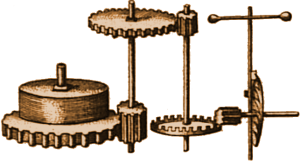 FLUDD, Robert. Utriusque cosmi, maioris scilicet et minoris, metaphysica, physica atque technica historia, 2nd edition, Kaspar Rötel, Frankfurt, 1624, Tome I, tract. ii, “De naturæ simia,” p.450.
FLUDD, Robert. Utriusque cosmi, maioris scilicet et minoris, metaphysica, physica atque technica historia, 2nd edition, Kaspar Rötel, Frankfurt, 1624, Tome I, tract. ii, “De naturæ simia,” p.450.
This project is entirely self-produced and I’m currently using only very basic equipment and software. If this proves to be as enjoyable a pastime as I hope, perhaps I’ll upgrade to something more slick in the future. The domain is registered through yahoo and the site is edited with wordpress. The video is filmed with a Panasonic SDR-T70 camera and the voiceovers are recorded with a Logitech USB microphone. The video is edited with iMovie ’09 (v. 8.0.6). What little music there is is edited with Audacity and most of the graphics are edited with the GIMP, both of which programs are entirely free. Again, I’m the first to concede that the production value of my videos leaves something to be desired, but hopefully the quality will improve as I become more practiced. Piano piano si va lontano…
Miscellaneous Links
θεία δὲ δύναμις ἥ σε κινεῖ, ὥσπερἐν τῇ λίθῳ ἣν Εὐριπίδης μὲν Μαγνῆτιν ὠνόμασεν, οἱ δὲ πολλοὶ Ἡρακλείαν.καὶ γὰρ αὕτη ἡ λίθος οὐ μόνον αὐτοὺς τοὺς δακτυλίους ἄγει τοὺςσιδηροῦς, ἀλλὰ καὶ δύναμιν ἐντίθησι τοῖς δακτυλίοις ὥστ᾽ αὖ δύνασθαιταὐτὸν τοῦτο ποιεῖν ὅπερ ἡ λίθος, ἄλλους ἄγειν δακτυλίους, ὥστ᾽ ἐνίοτε ὁρμαθὸς μακρὸς πάνυ σιδηρίων καὶδακτυλίων ἐξ ἀλλήλων ἤρτηται: πᾶσι δὲ τούτοις ἐξ ἐκείνης τῆς λίθου ἡδύναμις ἀνήρτηται. οὕτω δὲ καὶ ἡ Μοῦσα ἐνθέους μὲν ποιεῖ αὐτή, διὰ δὲτῶν ἐνθέων τούτων ἄλλων ἐνθουσιαζόντων ὁρμαθὸς ἐξαρτᾶται.
“…there is a divinity moving you, like that contained in the stone which Euripides calls a magnet, but which is commonly known as the stone of Heraclea. This stone not only attracts iron rings, but also imparts to them a similar power of attracting other rings; and sometimes you may see a number of pieces of iron and rings suspended from one another so as to form quite a long chain: and all of them derive their power of suspension from the original stone. In like manner the Muse first of all inspires men herself; and from these inspired persons a chain of other persons is suspended, who take the inspiration.”
PLATO, Ion, 533δ-ε, (trans. B. Jowett).
“A charged magnet lifts a charged magnet which also draws a third; this likewise happens even if there be a lesser power in the first magnet.”
GILBERT, William. De magnete, London, 1600, p.88.
Websites of General Scope
Kunst- und Wunderkammern
Historical Anatomies on the Web
Funston Antiques Wunderkammer Guide
The Medieval Bestiary
Historical Collections
Kunstkammer of King Frederik III of Denmark
Burg Trausnitz
Il Teatro della Natura di Ulisse Aldrovandi
Habsburg Wunderkammern
Repositories of Early-Modern Texts on the Web
The Philological Museum (still the best!)
Europeana
Herzog August Bibliothek
Google Books
Bibliotheque Nationale de France
Austrian Literature Online
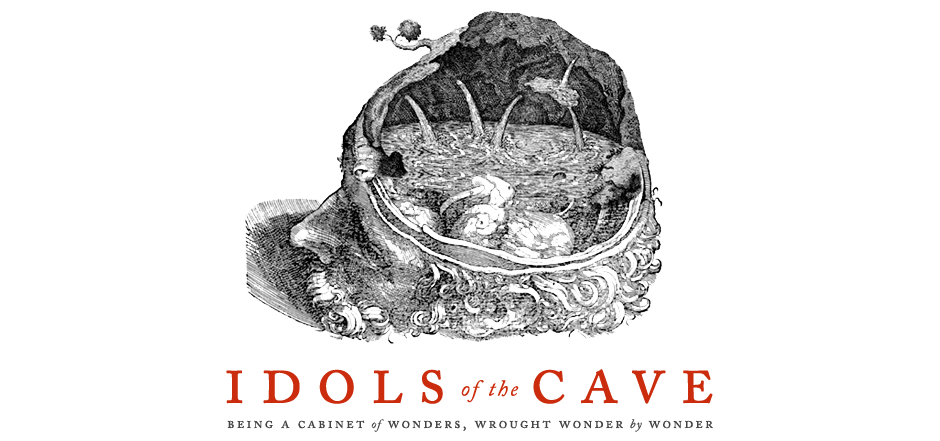
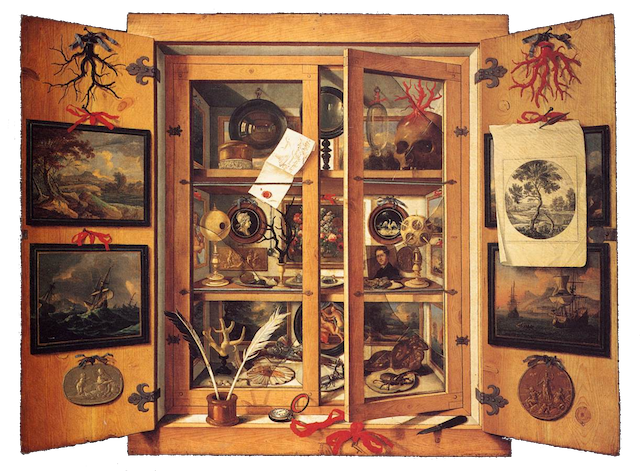
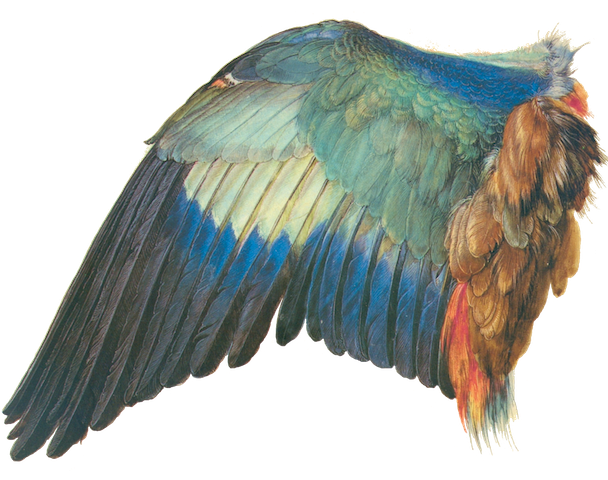
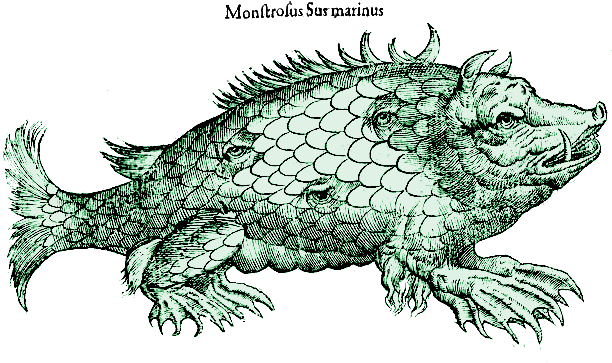
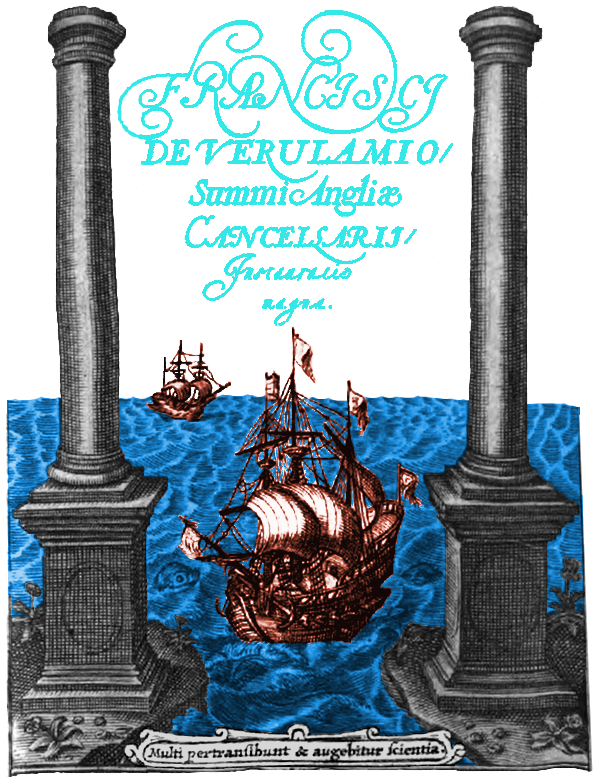

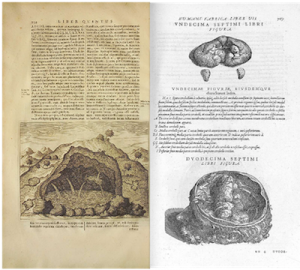
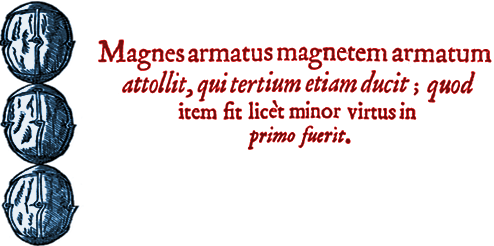
Pingback: Self Directed Final Brief | gemoomay
Pingback: A Cabinet of Wonder: Museum for the Soul | The Book of Dreams